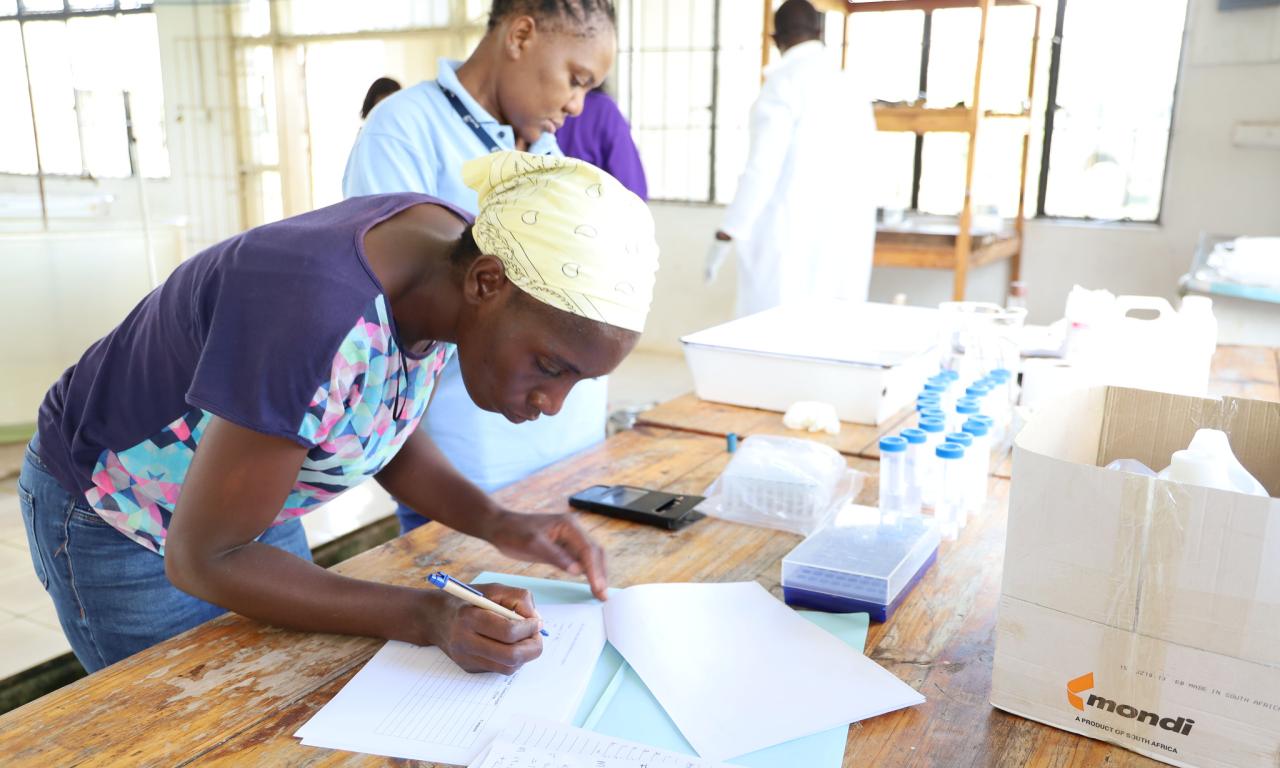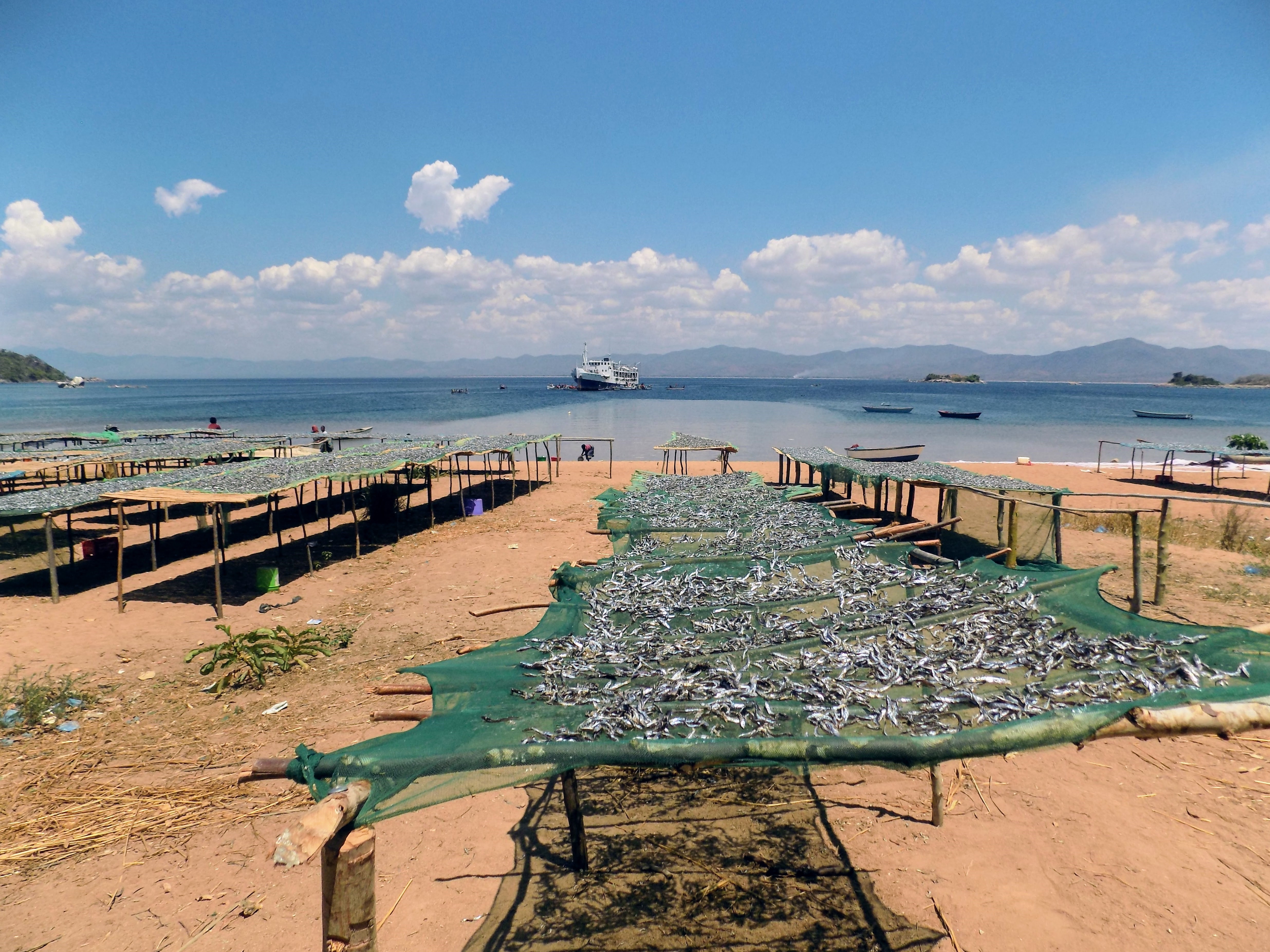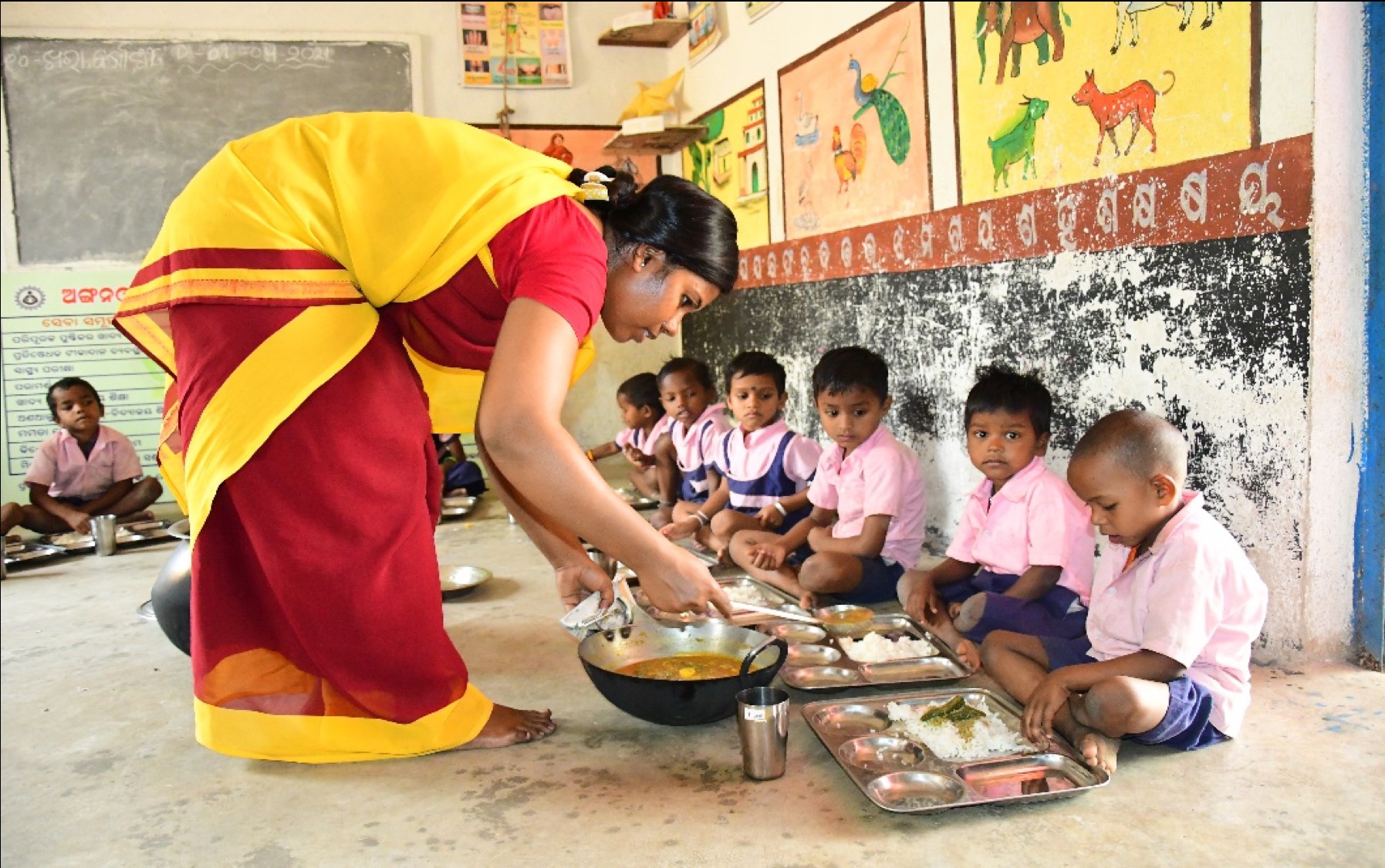
Panelists discuss innovative solutions to problems faced by aquatic food systems around the world in the lead up to the UN Food Systems Summit.
Inequities in food systems must be addressed through evidence-based solutions to promote a global transformation towards sustainable and healthy diets for all, explained panelists at a UN Food Systems Summit Science Day Side Event.
While aquatic foods are often the most accessible animal-sourced food in low- and middle-income countries, persistent barriers continue to lead to disparities in consumption. Innovations in local aquatic food production systems, whether small-scale fisheries or aquaculture, have proven to improve the affordability and accessibility of nutrient-rich foods in isolated or low-resource communities.
Integral to creating a more equitable food system, aquatic foods can be further leveraged to uphold the three pillars of sustainability – social, economic and environmental – through improvements in livelihoods, nutrition and human health.
“There can be no transformation of food systems if we fail to include foods from water,” said panelist Shakuntala Thilsted, Global Lead of Nutrition and Public Health at WorldFish. “We must seize this moment to make increased commitments to the inclusion of diverse aquatic foods in sustainable, healthy diets and thereby nourish all people, nations and our planet.”
The event, Nourishing people and planet with aquatic foods, co-hosted by WordFish and FAO, convened a diverse group of researchers and practitioners to explore aquatic food research and innovation for improving food and nutrition security ahead of the UN Food Systems Summit in September. The Science Day events focused on highlighting the centrality of science, technology and innovation for food systems transformation.
“The UN Food Systems Summit is about changing mindsets, mainstreaming aquatic foods and shifting the discourse to transform how we produce, consume and think about food. Together, we must take the opportunity to build a global movement and co-design interventions that make aquatic foods an integral part of the food systems transformation agenda,” said WorldFish Director General Gareth Johnstone.
Evidence-based innovations and policies like the inclusion of aquatic foods in national dietary guidelines, nutrition-sensitive approached to aquatic food systems and fish-based food products are integral to guiding a food systems transformation to increase the availability, supply and consumption of nutrient-rich aquatic foods within planetary boundaries.
The Science Day event panelists spanning three continents shared case studies to illuminate the critical role of aquatic foods in diets around the world and detailed successful efforts to build resilient, equitable food systems through research and innovation.
Preserving fish in Malawi

While seasonal fishing bans in Malawi allow fish stocks to replenish, they also result in temporary price increases, leading fish to be unavailable to many families year-round. Nonetheless, nutrition and conservation interests can be balanced to support both healthy people and planet.
To improve the accessibility of fish, and promote its consumption during the off-season, dried fish powder offers a solution, explained Tinna Manani, Dean of the Faculty of Food and Human Sciences at Lilongwe University of Agriculture and Natural Resources. However, researchers were previously unaware of how long dried fish powder could safely be stored before growing mold.
Manani conducted a study to determine the shelf-life of dried fish powder preserved in different materials. The results showed that fish powder can be safely stored from 16-24 weeks, depending on the packaging used.
“Storing fish powder in proper materials can overcome the challenges of seasonal availability and increase fish consumption in children throughout the year,” she said.
Bangladesh’s nutrition-sensitive production
Annual per capita fish consumption in Bangladesh is 22kg/person, above the global average, but consumption drops to only 10kg/person for the nation’s poorest. Implementing nutrition-sensitive approaches to aquatic food systems has proved to improve fish production and consumption for the most marginalized.
Research on the development of pond polyculture, where small indigenous species like mola are raised alongside larger commercial species in homestead ponds, has shown the benefits from producing a diversity of species that can be harvested in different seasons, resulting in a consistent year-round supply. The work to improve the nutritional quality of Bangladesh’s small-scale aquaculture sector earned Thilsted the 2021 World Food Prize.
“Moving forwards, we must continue to build on the premise of using other nutrient-rich fish species in pond polyculture, as well as in seasonal wetlands, to improve the livelihoods and nutrition of the poor,” said Mrityunjoy Kunda, a professor at Sylhet Agricultural University.
Fostering healthy, inclusive diets in India

Despite being a key nation for aquatic food production, per capita fish consumption in India is 50 percent below the global average, and approximately 15 percent of the population is undernourished. Ravishankar C.N., Director of Indian Council of Agricultural Research -Central Institute of Fisheries Technology, emphasized the need to increase fish consumption across the country to achieve healthy, nutritious diets for all.
Research and innovation has supported the growth of agri-businesses to develop and scale aquatic food products, including fish oil capsules, fish-based snacks, dried fish powder and fortified fish soup, and is currently under way to increase the accessibility of fish nutrients, Ravishankar explained.
WorldFish is also collaborating with the Odisha State Government to incorporate fish-based products in state-funded school feeding programs to combat high rates of child malnutrition and stunting, with the aim of nourishing 1,200 children.
Building climate resilience in the Caribbean
The Caribbean is at the forefront of climate change as it battles storm surges, warming ocean temperatures and rising sea levels. Researchers there are working to mitigate the impacts of climate change and natural disasters, which are increasing in frequency and intensity, and build resilience in the region’s vulnerable aquatic food systems.
Climate change services and innovations, such as planting temperature-resilient corals; developing weather apps to keep small-scale fishers up-to-date; and farming and commercializing invasive seaweed that is damaging beaches, are contributing to community resilience and adaptation.
“Information and communication technologies play a kay role in making small-scale fishers more resilient to climate change and improving the safety and efficiency of fishing operations,” said Sandra Caroline Grant, Deputy Executive Director, Caribbean Regional Fisheries Mechanism.
Watch the full UNFSS Science Day Side Event Nourishing people and planet with aquatic foods
